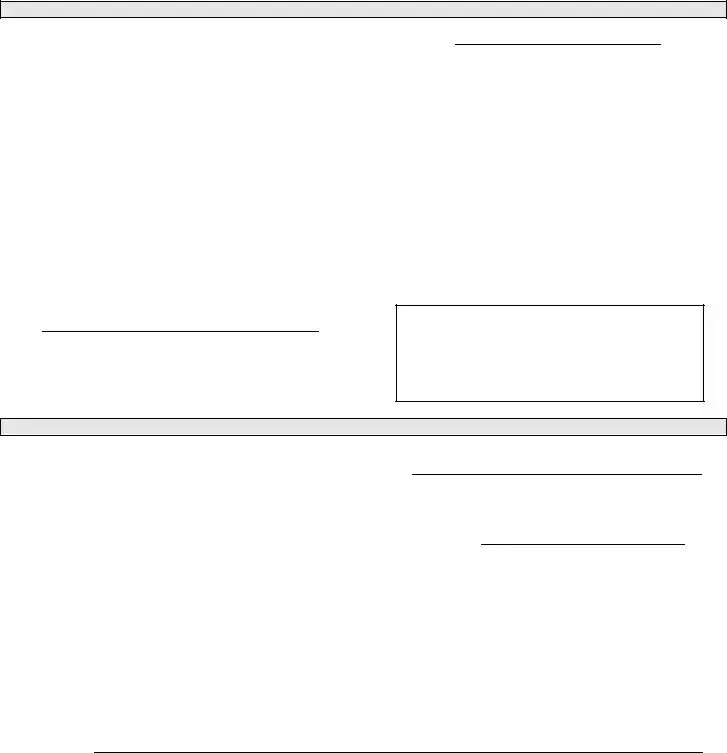What is an Employment Verification Form?
An Employment Verification Form is a document used by employers to confirm the employment status of current or former employees. This form typically includes information such as the employee's name, position, dates of employment, and sometimes salary details. It may be requested by other employers, financial institutions, or government agencies.
Who can request an Employment Verification Form?
Requests for Employment Verification Forms can be made by prospective employers, lenders, or governmental organizations, often as part of a job application, loan application, or for legal compliance purposes. Sometimes, the employee themselves may request it for personal reasons such as applying for a visa.
How can an employer complete an Employment Verification Form?
An employer can complete an Employment Verification Form by accurately filling out the requested details about the employee's job title, period of employment, type of employment (full-time, part-time), responsibilities, and salary information if applicable. It is important for the employer to ensure that all the information provided is accurate and up to date.
Is there any information that should not be included in an Employment Verification Form?
Yes, certain information should not be included in an Employment Verification Form to comply with privacy laws and regulations. Sensitive information such as social security numbers, personal health information, or any information not related to employment specifics (like personal opinions about the employee) should be excluded unless specifically authorized by the employee or required by law.
What are the legal implications of falsifying an Employment Verification Form?
Falsifying an Employment Verification Form can have serious legal implications. If an employer knowingly provides false employment information, they could be subject to legal penalties, fines, and potentially damages in the event of a lawsuit. Similarly, employees could face repercussions if they forge or alter such a document without permission.
Can an employee refuse to authorize an Employment Verification Form?
Yes, an employee can refuse to authorize an Employment Verification Form; however, this may have practical consequences depending on the situation. For example, failing to provide verification may affect their job application or eligibility for loans or government benefits. It's advisable for employees to understand the implications of not providing authorization.
How should an Employment Verification Form be submitted?
Submission methods vary based on the requester's requirements and may include email, fax, or postal mail. Some organizations may require a secure submission process to protect the information contained in the form. Always follow the requester's instructions carefully to ensure the form is submitted properly and securely.

